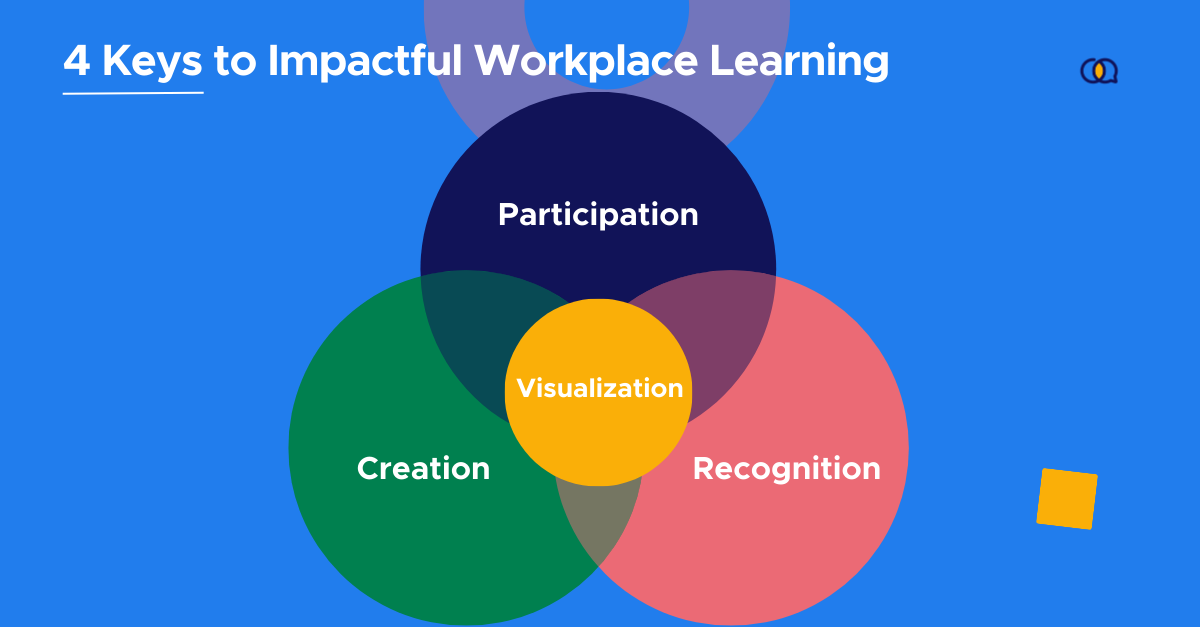6 Things you need to know about micro-credentials for professional development
Today’s classrooms use a variety of learning approaches, some formal like lectures and some informal like watching videos.
As a teacher, your learning is no different, and your continuing professional development should provide you with credit for both informal and formal learning. You should get credit for online chats, reading articles and watching videos because each of these experiences provides you with the knowledge to build your teaching practice.
So, what if I told you that you could show this informal learning to your administration, colleagues and parents? Well, you can with a micro-credential. Think of them like badges earned in scouting, demonstrating a unique skill or accomplishment. You can share micro-credentials on your LinkedIn profile, your website and in your email signatures so that your learning is visible for others to see and acknowledge. The people who view your badge can also see the organization who awarded the badge and what you did to earn it.
Like all good students, I’ll bet you have questions. Let’s see if I can answer a few of them here.
How does a micro-credential work?
Inside each micro-credential is metadata, data that provides information about your learning and issuer. For example, the metadata in a digital photo tells where the photo was taken and when. With a micro-credentials the types of information stored includes:
- Micro-credential name
- Micro-credential image
- Micro-credential description
- Micro-credential criteria
- Earner’s name
- Course title
- Issue date
- Issuer name
- Issuer description
What about the paper certificates I usually get for professional development?
Micro-credentials that are awarded for PD and learning are the equivalent of a paper certificate, but can easily be shared. The metadata within the badge can tell the viewer all about your accomplishment, making it that much better than a paper certificate. And, it’s easier for you to display your accomplishments and take them with you if you decide to pursue another opportunity in a different school, district or state.
Are micro-credentials only awarded for big accomplishments?
Micro-credentials are available for a variety of learning and professional development. Just like in scouting, you can earn badges that are part of a larger accomplishment. Some learning providers have what are called micro-credentials, and those micro-credentials can stack up to a larger credential or achievement.
Will my students get micro-credentials?
While your students probably aren’t earning micro-credentials yet, you can bet they will at some point in their lives. Hundreds of organizations are issuing badges already, and that number continues to grow. These include universities like Harvard, SUNY, Northwestern and Michigan State. And, it’s not just universities. Companies like Microsoft, Adobe and Intel award micro-credentials as well.
Are micro-credentials only recognized in the United States?
There is a world-wide standard for micro-credentials. Universities and companies around the world are issuing them, ensuring that your accomplishment has meaning around the globe.
Why should I get a micro-credential?
One of the most important reasons to start earning micro-credentials, aside from sharing your achievements, is to set an example for your students. According to U.S. News and World Report, micro-credentials on a student’s resume boost their employability and can help show skills that aren’t typically displayed on a school transcript.
Participate has been issuing micro-credentials to teachers since 2012. Teachers around the world have earned thousands of micro-credentials with Participate and that number is growing daily.
Ready to build a micro-credentialing system for your district or organization? Click here to collaborate with us.
Mark Otter is CEO at Participate. Follow him on Twitter @markjotter.


